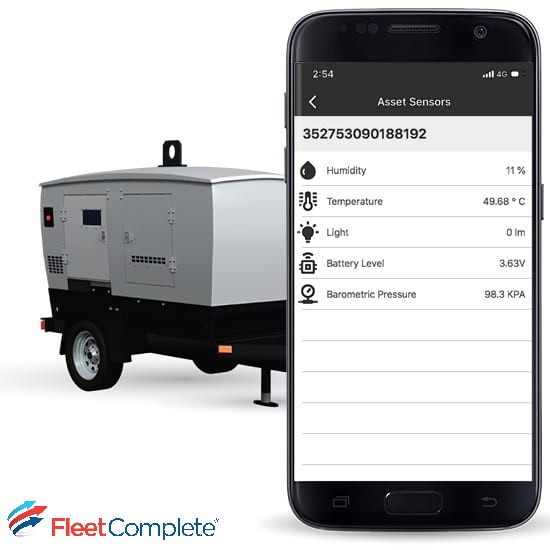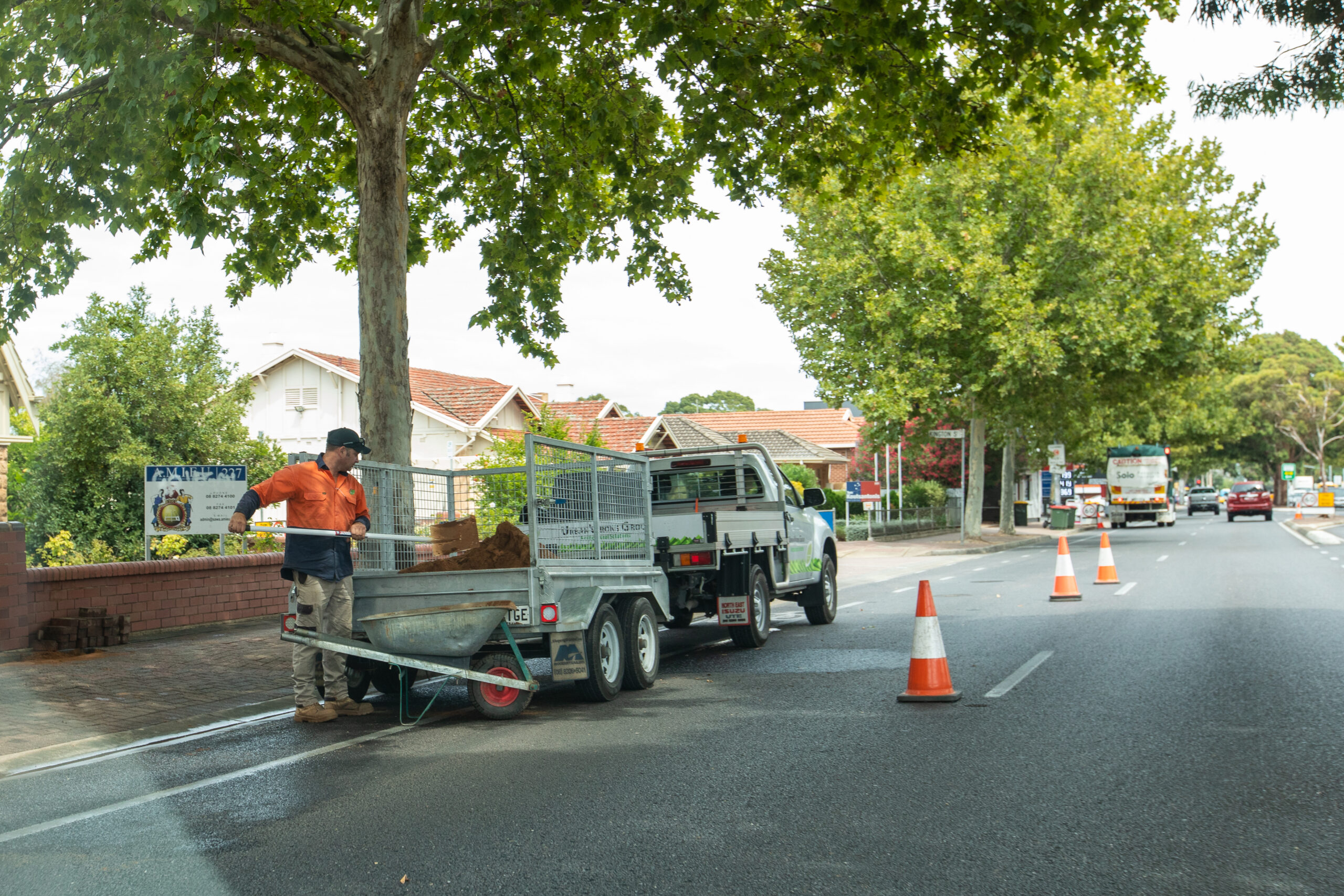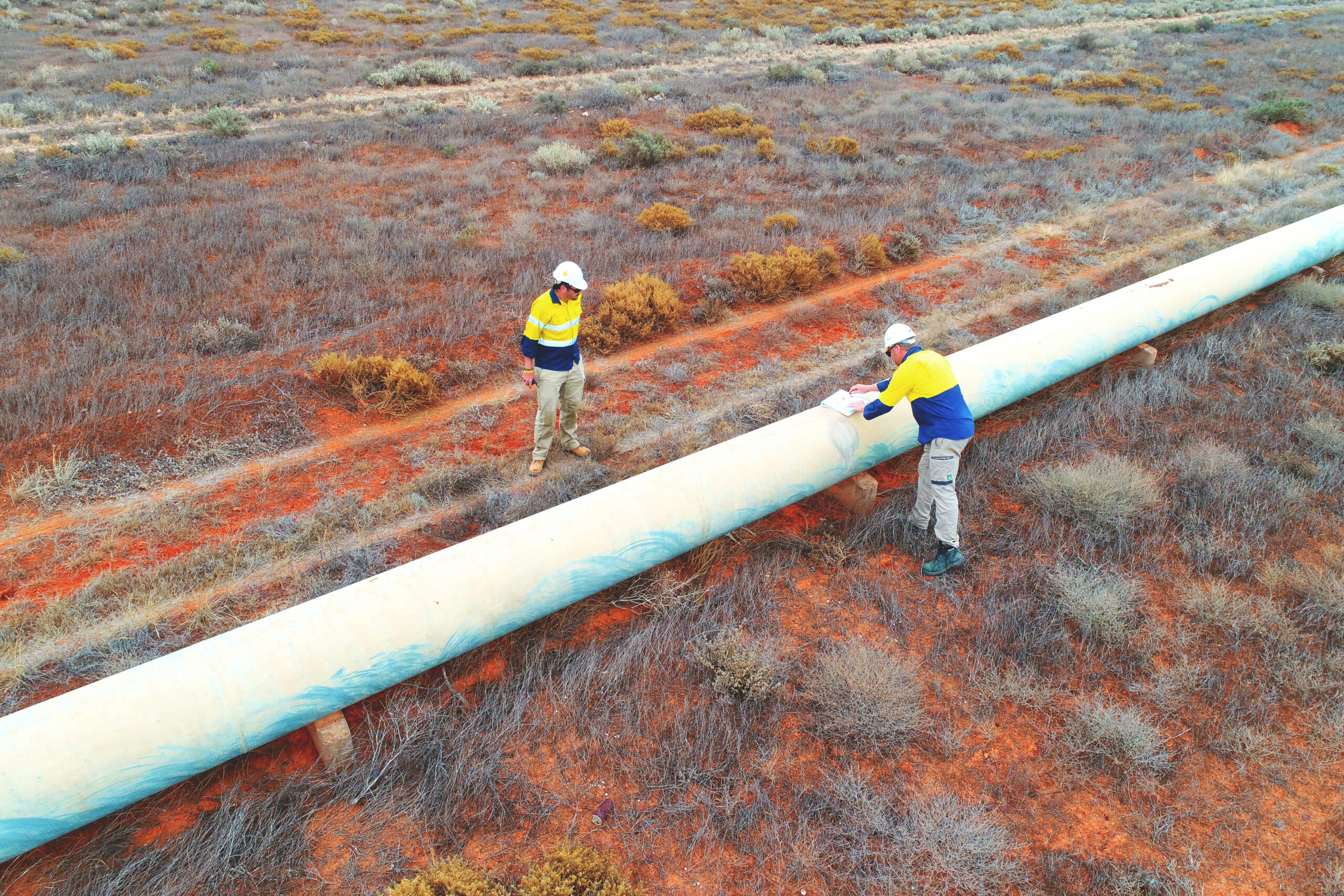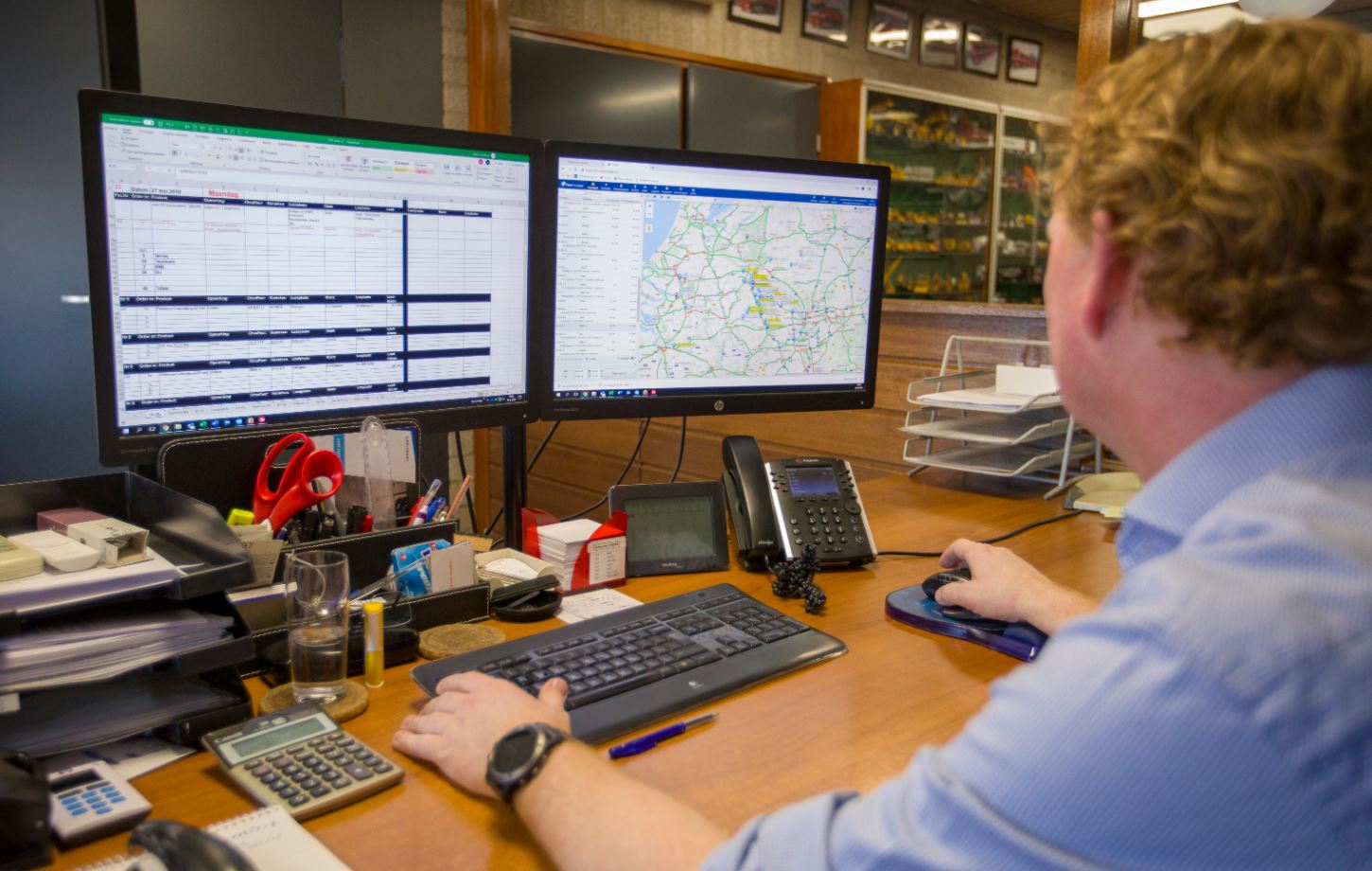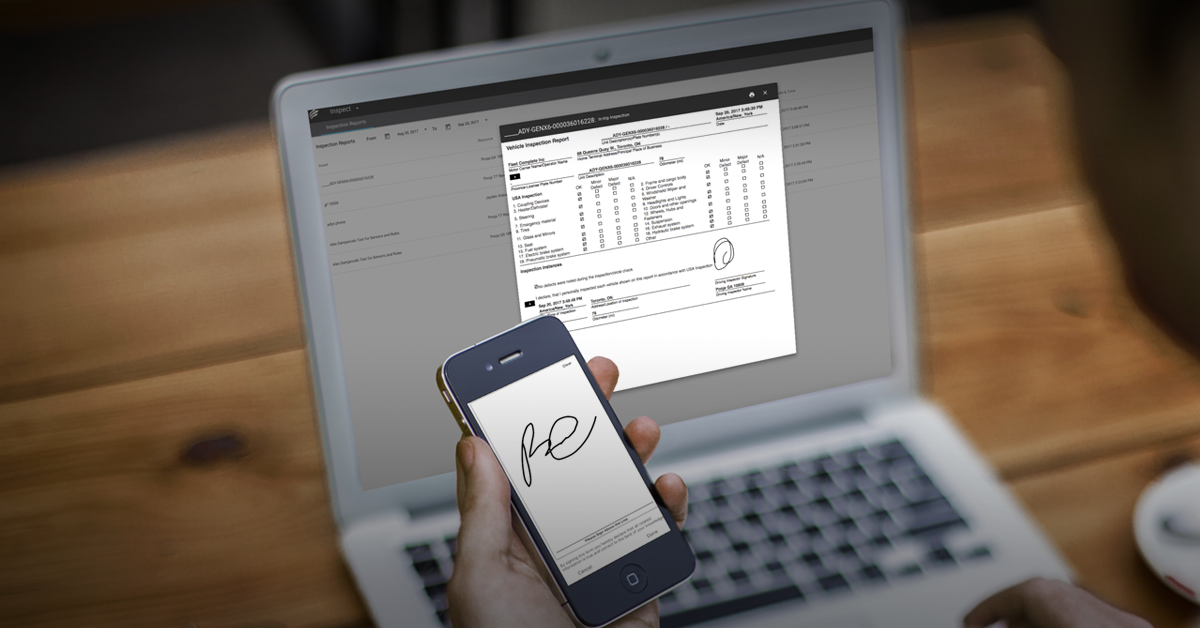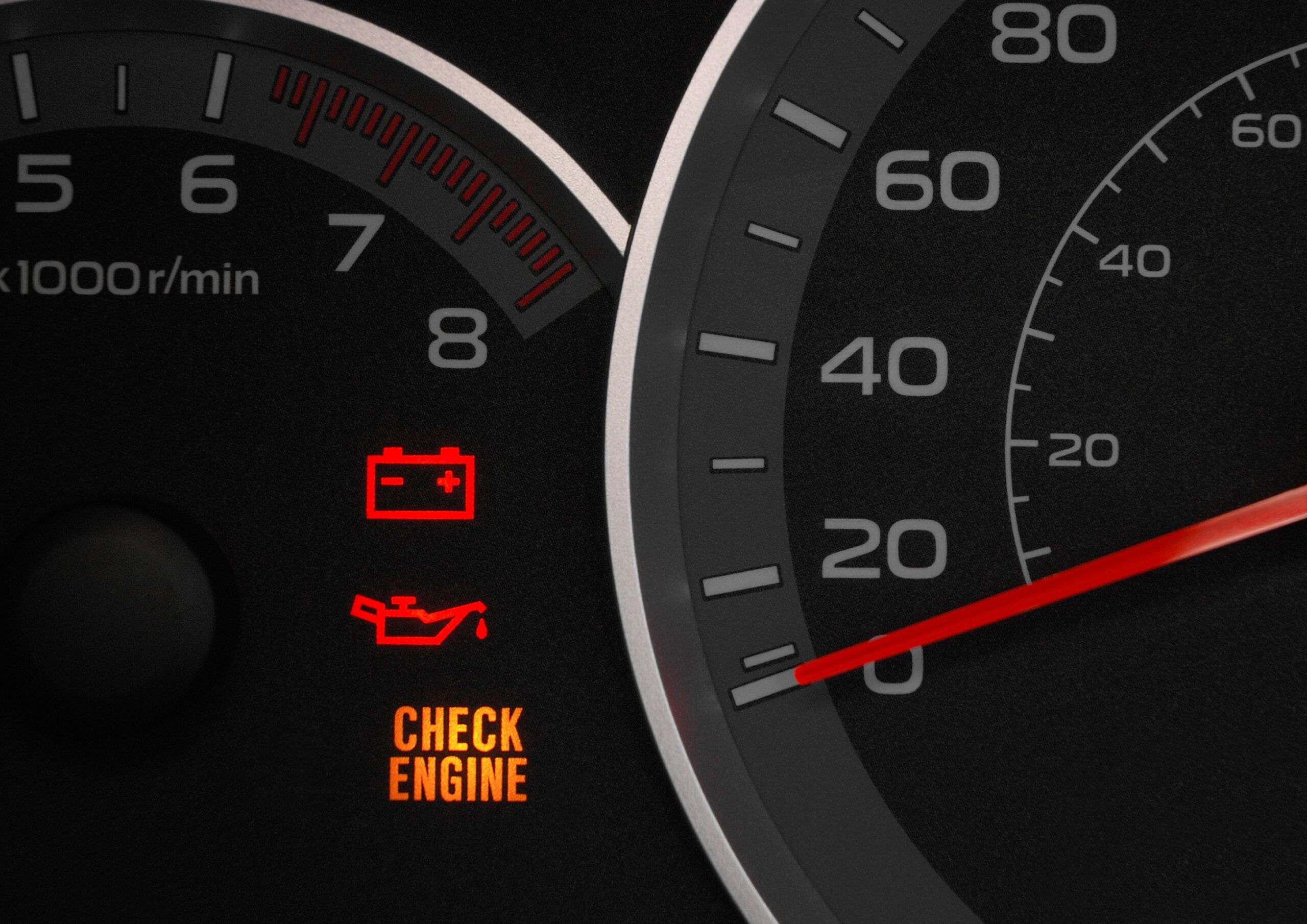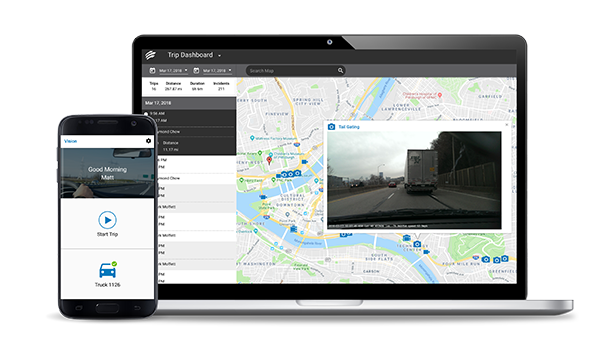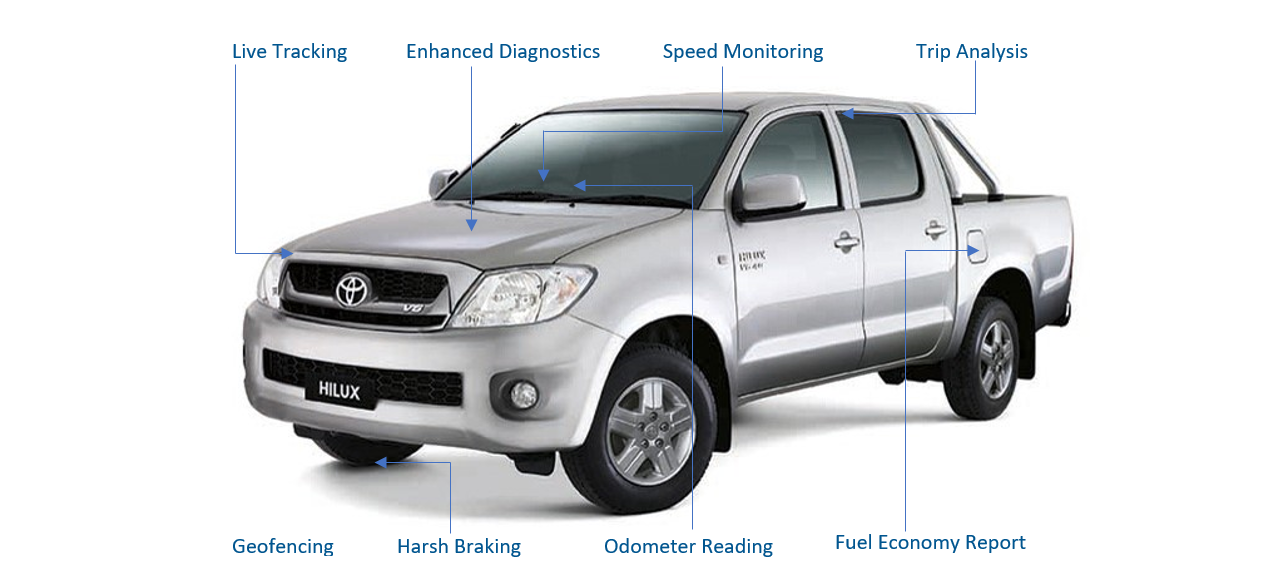It’s easy to forget things when we’re stressed or busy, but when it comes to fleet safety, there’s really no excuse. Following every policy and procedure to the tee is easier said than done, which is why it’s important fleet managers do everything they can to help their teams (and themselves) stay safe, even when the going gets tough.
Implementing a fleet safety plan helps prevent accidents and ensure the safety of your drivers, assets and the public. From vehicle fleet management software to training and games —below are 5 ways to enforce fleet safety rules and policies.
1. Communicate Clear Safety Policies with Your Team
It’s vital managers set expectations so drivers have a clear understanding of policies and can hold themselves accountable. First, define clear safety policies, then make this information widely available and understood via classes, one-on-ones and easily accessible documents.
After hiring a team member, they should be rigorously trained before they get behind the wheel. This training should include a mixture of general road safety (even if they’ve been on the road for years) and best practice for specific situations. They should also know company policy inside-out so that by the time they hit the road, they know what to do instinctively.
2. Provide Situational Awareness Training
When you’ve been a driver for years and you’re in one of the biggest vehicles on the road, it’s easy to let caution slip. Training your team to be more cautious will benefit them, other road users—and the reputation of the fleet.
According to a report by the WHO, “An increase in an average speed of 1 km/h typically results in a 3% higher risk of a crash involving injury, with a 4–5% increase for crashes that result in fatalities. Speed also contributes to the severity of the impact when a collision does occur.”

Many accidents can be prevented if drivers reduce their speed. Managers should also train drivers to be more alert to situations where accidents are more likely to occur, as well as alert them to actions that could compromise safety.
According to a report by NTI’s National Truck Accident Research Centre (NTARC), there were almost 100 more serious incidents in 2019 compared with two years prior, and the number of truck drivers who died was 2.5 times higher.
“Another worrying trend we saw was that 82% of the crashes involving truck drivers aged 25 years and under were caused by distraction,” said NTI’s CEO, Tony Clark.
Vehicle fleet management software can help managers monitor driver behaviour over time. Automatically collected metrics give teams direct insight into things like harsh braking, speeding or jackhammer starts. Managers can then use the data when giving drivers feedback, providing targeted disciplinary action and praising good performance.
3. Provide Regular Communication and Feedback
Your drivers won’t know there’s an issue unless you tell them—so be vocal about instances of unsafe driving. Fleet managers should also remind drivers of what’s expected of them regularly and consistently. Regular communication and feedback can take several forms, including:
- Monthly one-on-ones, with managers providing driver feedback based on data gathered by the fleet’s telematics software
- Quarterly or annual classroom-style presentations, reminding drivers of rules, regulations and policies
- Tests and scorecards
- Handbooks, both in print and digitally stored
- Posters around HQ and staff rooms reminding drivers of key behavioural expectations
It’s important to confront drivers about dangerous or aggressive behaviour, but this doesn’t need to be something drivers dread.
Learning sessions can be made fun with games and friendly competition, with managers rewarding good performance with small prizes like days off and monetary bonuses. The more employees enjoy the experience, the more likely they are to remember it.
4. Monitor and Routinely Inspect Vehicles
A well-maintained vehicle is a safer vehicle and GPS tracking systems can help you monitor the health of your fleet.
Apps make it easier for your drivers to complete speedy inspections thanks to reminders, checklists and photos for clarity.
It’s also way more efficient (and reliable) than paperwork: digital Daily Vehicle Inspection Reports (DVIR) are stored online for easy access and managers can be alerted to issues instantly rather than having to wait until a driver hands them a form.
Preventative maintenance should be a key part of every fleet manager’s agenda. Fleet management software gives managers quick insight into how each asset is doing, including part replacement schedules, maintenance inspection dates and accident history.

Whether or not you legally need to perform inspections before every journey, it’s a good way to ensure your vehicles are in good working order. It also means managers can address problems sooner rather than later, which could prevent safety issues and expensive unplanned downtime.
5. Leverage a Fleet Management System to Increase Visibility
Fleet management software gives you real-time visibility into your fleet, including driver behaviour, diagnostics and vehicle status. Having all this data in one place gives you a top-down view, which makes it easier for managers to locate issues with a specific asset or driver and then step in to intervene.
Meanwhile, alerts can warn drivers and managers of dangerous behaviour while encouraging safe driving and fostering good communication between drivers, managers and the team as a whole.
Every time a driver gets behind the wheel, they’re taking responsibility for their own safety, the safety of other road users and the reputation of the company. This is why training and ongoing management are vital: even if preventing just one crash, it’s worth the investment.
When it comes to keeping fleets safe, GPS tracking software can be a valuable solution. Monitor driving behaviours, keep on top of maintenance schedules and use real-time data to provide timely, accurate feedback.
Take a fleet management system for a spin to see how it can help you reduce your fleet operating costs while increasing safety. Get started today by trying our Fleet Complete demo.
If you found this article helpful, please share it on social media.






















